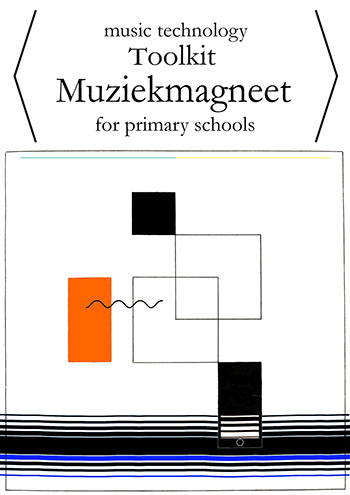GROWTH
WORK
CREATIVITY & AESTHETICS

A poster for Muziekmagneet uses abstraction to illustrate the relation between the magnet, phone, magnetic field and sound.
Creativity & Aesthetics has been a core competency starting this study. At the time, creativity was for me somewhat isolated in regards to the other competencies. I found it difficult to combine a freedom in thinking with for example input from users. Likewise, business analysis and technological skills seemed to me an obstacle for creativity. Here I highlight how I have grown to apply creativity as part of the bigger process, where creative and aesthetic skills improve the integration of other competency areas.
During my research project (B2.2) I grew more aware that creativity was not just making something new, but a way of thinking, reflecting and asking questions. I learned to approach the creative process in a more structured way by using a multitude of creative techniques such as storyboarding, explorative sketching, interaction mapping, dirty prototyping, wizard of Oz. In Digital Craftmanship I experimented with different visualization mappings to process (any) image data as input for exploring a final realization. I have become efficient in switching between analytical and creative thinking throughout the whole design process. In Mugen (B2.2) and Design for the Here & Now I analyzed qualities of motions and materials to create unity in form, interaction, and function (Joep Frens, 2006).
In my FBP Creativity & Aesthetics became, more than ever before, very connected to User & Society. I actively involved experts on the particular topic and the prospective end-users to create a unified aesthetic that made the interaction with technology simply fun for both children and adults.
A point to work on is keeping clarity and validity in mind when coming up with new ideas. In existing research and theoretical frameworks I can find conceptual validation for ideas, and keep my actions grounded. Especially useful have been the Interaction Frogger Framework, theory for Rich Interaction by Joep Frens and attention-interaction continuum.
[1] Frens, J. W. (2006). Designing for rich interaction: Integrating form, interaction, and function (Doctoral dissertation, Technische Universiteit Eindhoven).
